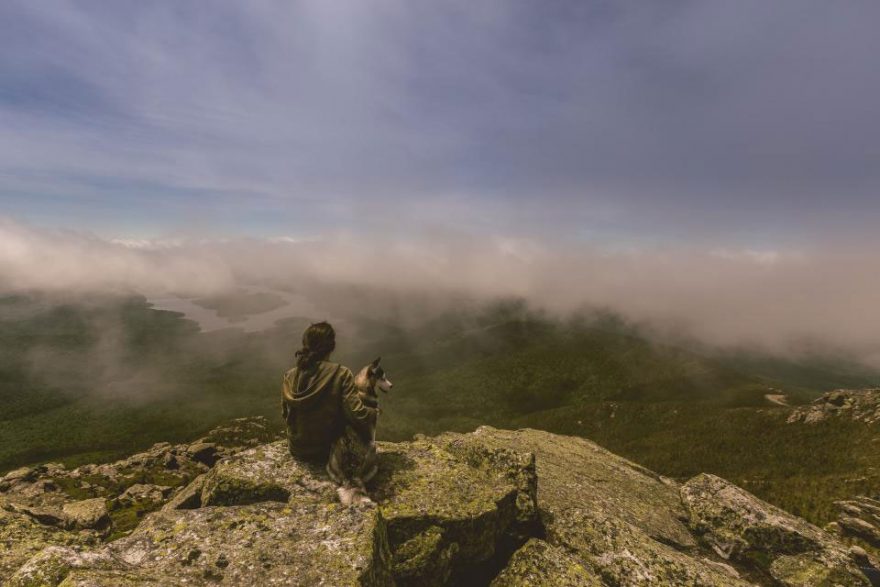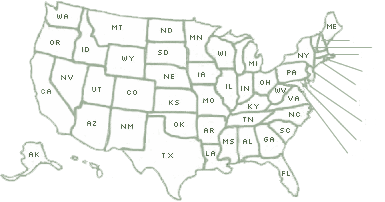
When you go on a camping trip, you want the best gear to make your trip as easy and comfortable as possible. Well, it should be no different for your pet pooch. After all, you’re not the only one who needs hiking boots.
Make sure your best friend is as well prepared for your camping trip as you are by lavishing them with the best dog camping gear out there.
Tags and ID
Your dog should always carry proper identification, but that’s even more important when you’re out camping. Before you head out on your trip, check to make sure that the tags are up to date with your current phone number.
It may even be worth getting a temporary label that will inform anyone who finds your pet where you are camping and the number for your nearest ranger station. Of course, since tags can always get lost, you may want to get your dog microchipped if they aren’t already.
Food and Water

If you’re taking your dog camping, then access to drinking water is a must. Whenever you stop for water, make sure you offer your pet something to drink as well. You should do so every fifteen to thirty minutes, but it can vary depending on temperature and trail difficulty.
When it comes to food, you want to pack a little extra. Start with the usual portion size and brand, then add up to 50% depending on current level of fitness, hike difficulty, and regular exercise routine.
Collapsible Bowls
Taking food and water with you is one thing, but you need to have a container to put it all in. Enter the collapsible bowl. These compact containers are easy to store away, so you don’t have to worry about them taking up lots of space.
Cinch-tip collapsible dog bowls are a popular choice these days. They’re made from lightweight, long-lasting fabric and include a waterproof liner. Use it for storing, feeding, and giving water to your thirsty pup.
Harness

If your dog is the type that likes to pull you in different directions during a walk, then you should get yourself a harness. These will help avoid injuries that occur when your dog jerks and pulls on a lead.
When choosing something, you want a harness that will help you to maintain control if they start to tug, while still allowing your dog a full range of motion. If in doubt, discuss it with your vet. They will be able to guide you to a harness that offers the right fit and avoids potential injuries.
Top Tip: When adjusting the harness, make sure it fits snuggly, but leave enough room so that it doesn’t chafe. You can check to see that it’s strapped on correctly by checking if you can fit two fingers underneath.
Long and Short Leashes
Taking a few leashes with you is a good idea, not only in case one of them breaks or gets lost during your trip, but also to suit a variety of activities and regions. Short, non-retractable options are great in heavily wooded areas where you want to keep your dog close to you and avoid tangles. For a hands-free option, consider a waist leash.
If you’re dealing with an open clearing, then a long, retractable lead is an excellent choice. It will give your buddy the freedom to move around, without having to give up control. They are also easy to store away, without having to worry about it getting tangled up in your pack.
You should keep your dog on a leash whenever you are around other hikers or animals. Before you head out, you should check whether or not the area requires you to keep you pet on a leash, in case you were thinking of letting them roam free at any stage.
Top Tip: Attach a light to your dog’s collar or harness so you can keep track of them when it starts to get dark out.
Hiking Packs

If your dog is capable of carrying a bit of extra weight, then you may want to consider getting your dog their own hiking pack. Your dog should be over 20 pounds and fit enough to hold the extra weight. Fill the bag with their food, water, treats, and bowls, plus a few of your belongings if they fit. You should only pack unbreakable items, though.
Make sure you don’t overfill their bag. The total weight should be equal or less than one-third of your pet’s body weight. When packing the bag, try to keep both sides at an equal weight, so as not to affect their balance.
Top Tip: To get your dog used to carrying a pack, do some practice walks around the neighborhood first. You should start with just the pack and gradually add weight until your pet gets used to it.
Hiking Boots
If you plan on going hiking and expect to face rough terrain, then be sure to get your dog some boots to avoid injuries to the pads on their paws. While many dog boots exist, you can also make your own using a bit of fabric and Velcro. We recommend fleece, denim, or midweight nylon.
https://www.youtube.com/watch?v=AkyJurw26nM
Seat Cover

Let’s face it, when your dog is out there running around in the wild, you should expect things to get a little dirty. While packing extra towels is a must, especially if you plan on sharing a tent with your pet, you don’t want your car to get dirty as they can be a nightmare to clean.
Getting a dirt bag seat cover is the best way to ensure you keep your car nice and clean, even if your pooch isn’t.
First Aid Kit
You probably already packed a first aid kit for yourself. Well, you don’t want to forget about your little doggy. You can purchase canine friendly first aid kits, which come with items that will help you ease their suffering until you can consult a veterinarian.
Take a manual with you, so you are prepared to treat your pet in case of an emergency. These kits are ideal for any outdoor adventure, including hunting or hiking, so don’t leave home without one.
Remember: Don’t forget to take any medications your dog might need, and be sure to pack a little extra just in case.
 Your Privacy Choices
Your Privacy Choices


 The
The